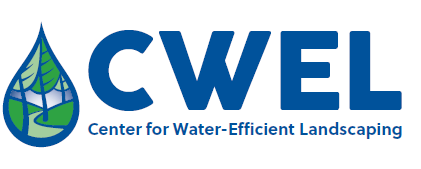Predicting urban forest growth and its impact on residential landscape water demand in a semiarid urban environment
Document Type
Article
Journal/Book Title/Conference
Urban Forestry & Urban Greening
Volume
10
Issue
3
Publication Date
2011
First Page
193
Last Page
204
Abstract
We present an innovative approach to estimating residential irrigation water demand for a large metropolitan area using GIS data, weather station data, and a water budget modeling approach commonly used by plant scientists and landscape management professionals. An important question addressed by our study is how a growing urban forest affects the overall irrigation water demand of a semiarid metropolitan area. To estimate the amount of water required by residential landscaping, we consider water demand to be a function of the areal extent of residential landscaping (i.e. tree/shrub or turf grass), the water-loss rate for different landscaping types, the efficiency with which the landscape is irrigated, and local climatic factors (i.e. reference evapotranspiration and precipitation). We estimated irrigation water demand for 542 residential neighborhoods in Salt Lake County, UT, USA for 2005. To investigate the effects of a maturing urban forest on water demand, we used simultaneous autoregression (SAR) models to predict the spatial extent of future forest canopy and future exposed turf grass in residential neighborhoods. For both the forest canopy model and the turf grass model we used the median age of housing stock as the dependent variable. Psuedo R2 were 0.70 and 0.82 for the tree/shrub canopy and turf grass models, respectively. Based on projected areal extents of tree/shrub canopy, exposed turf grass, and turf grass under canopy, we estimated future water demands for the 542 residential neighborhoods. Our predictive model suggests that as urban tree canopy increases in residential urban areas, exposed turf grass decreases, with a net effect of a slight decrease in residential landscape water demand. This can be explained by the relative differences in water lost through evapotranspiration by different landscape types, namely; trees/shrub (i.e. woody plants), exposed turf grass, and turf grass under tree canopy.
Recommended Citation
Lowry, John H. Jr.; Ramsey, R. Douglas; and Kjelgren, Roger K., "Predicting urban forest growth and its impact on residential landscape water demand in a semiarid urban environment" (2011). CWEL Publications. Paper 58.
https://digitalcommons.usu.edu/cwel_pubs/58


